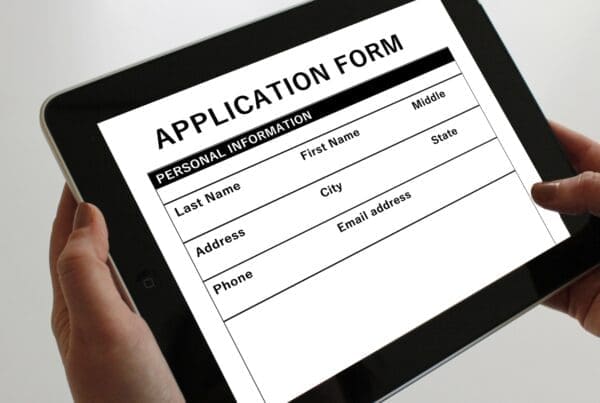As COVID-19 restrictions continue to ease, businesses should be working to pave their path towards a ‘new normal’. However, nearly half of all workers state that their employer lacks a clear vision for what their new normal will look like. It’s vital that leaders understand what’s best for their business, and begin implementing change.
But what sort of change is required?
According to insights organisation McKinsey, 90% of businesses are considering shifting to a hybrid working model as part of their post-pandemic strategy. A big question that many leaders are asking today is ‘should we be part of the hybrid movement?’
What is a Hybrid Working Model?
Before the pandemic, spending five days a week in the office was considered the norm. However, with the UK Government advising employees to work from home wherever possible under lockdown regulations, many organisations that were able to introduce remote working options did so, resulting in millions of people working from home.
Now, as the country begins to reopen to a greater extent, it’s time to start heading back to the office. What a number of businesses are doing, though, is implementing new hybrid working models that introduce more flexibility for workers, enabling them to work part time in the office, and part time from a remote location.
The Growing Popularity of Hybrid
The hybrid working model is becoming popular for a number of reasons. Firstly, while many workers are now keen to return to work as the novelty of remote wears off, a hybrid model can help businesses to maintain social distancing in the office to reduce the risk of transmission. Secondly, there’s been a major shift in candidate attitudes over the past year, and a hybrid policy can help to portray organisations as advocates for wellbeing, demonstrating a commitment to building healthy work/life balances.
There are benefits for businesses, too. Reports suggest that 55% of employees are more productive when offered greater flexibility. When it comes to hiring, some degree of remote working can help to extend geographical pools to access the best talent.
However, it’s clear that a hybrid approach isn’t for everyone. Implementing a working model such as this can be a complex task, with lots to take into consideration. The process will typically involve rolling out changes in almost all areas, including how people work, how they interact, the tools they use, the skills they need, and more.
So how do you know if a hybrid working model is right for your business?
Here are some questions to ask yourself before committing to change:
- Can we offer Everyone this Level of flexibility?
The nature of your business will determine whether a hybrid working model can be rolled out on a company-wide basis, or whether there are some departments or some roles that will be required on-site on a permanent basis. While this doesn’t prevent you from harnessing a hybrid working model, it’s worth keeping in mind that offering some – but not others – the chance to work from home could impact workplace satisfaction.
- How flexible can we be?
Some companies are allowing workers to set their own hours and workplace, as long as they are continuing to meet their deadlines and operate productively. Others are requiring employees to be in the office for a certain amount of time per week (the majority of leaders believe that three office days is vital for maintaining company culture). Consider what your workers want, and whether you can meet those expectations.
- Do we have the resources we need?
Driving productivity in remote workers and managing a dispersed workforce doesn’t happen organically. It’s essential that businesses have the resources they need to effectively implement a hybrid working model and maintain it. A strong HR team with the capacity to take on additional day-to-day tasks and experience supporting workers across multiple locations is instrumental to the success of hybrid operations.
- Do we have the right mindset?
Interestingly, 78% of employees believe that the skills of leaders aren’t what’s holding back hybrid success; it’s their mindset. Building the right mindset for hybrid working isn’t always easy, but it is important for making a seamless transition. The risk of leaders not being fully ready to leave traditional working models behind is that there’s a huge discrepancy between what employees expect, and what’s actually happening.
- Can we create equality?
One of the most important aspects to consider is whether a business can ensure the same worker satisfaction and the same positivity in the employee experience across on-site and off-site workers. Organisations must be able to keep everyone engaged, involved, and included – as well as promoting the same overall company culture – regardless of whether an employee is working from the office, or from their home.
Is Hybrid Right For You?
Success in the new normal depends on strong, well thought out decision making. It is clear that not every business will be able to seamlessly integrate a new hybrid working model. And that’s OK. Hybrid working has largely grown out of a shift in focus to people centricity, and flexibility is undoubtedly one of the best ways to put workers’ needs first. But it’s not the only way. The priority going into the post-pandemic world is to support employees and create positive employee experiences, no matter where your people are physically located.





